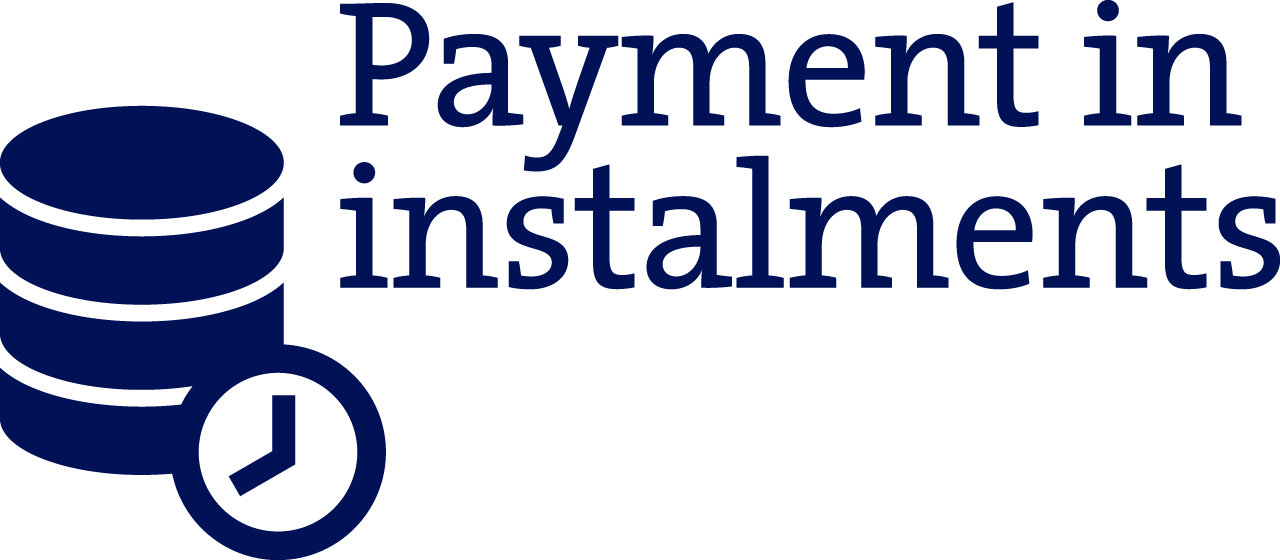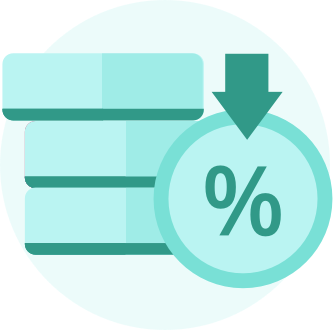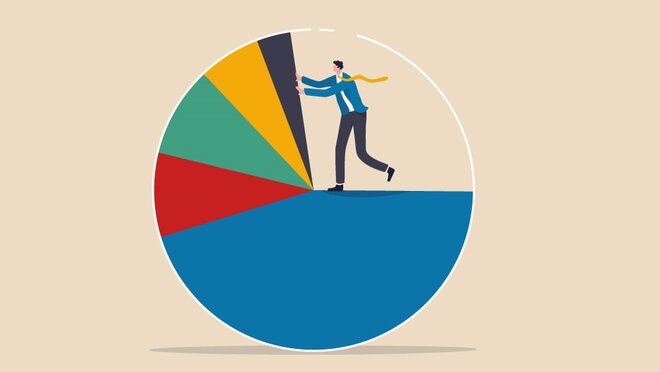
If you need to buy a house, buy a car, or make a high transaction between enterprises, due to the large amount involved and long cycle, the transaction parties usually take installments to complete the transaction. The practice of installment payment is that after the signing of the transaction contract, the buyer first pays a small part of the funds as a deposit to the seller, and most of the rest will be repaid in installments within a later specified time.
Because the amount involved is indeed very high, installments can relieve the pressure of one-time repayment. For example, when trading between enterprises, installments can promote transactions between the two sides and increase the vitality of the market economy. If it is a transaction between individuals and real estate companies, it can reduce the possible losses of future houses, such as the "unfinished house." And if the decline in house prices exceeds the down payment and the change in the buyer's own economic situation. Wait a minute. Secondly, installments are more flexible in funding requirements. For example, consumers need certain commodities, but they do not have enough funds for the time being. Installments allow consumers to overdraw future funds to satisfy themselves, which improves the happiness of residents.

In addition, it needs to be noted that the disadvantages of installments are also prominent. It will increase the economic pressure on the payer. Due to the burden of a debt, the payer should fully protect his source of income, and future consumption will be constrained. Secondly, in terms of payment finance, the lump-time payer's finance is less than the total finance of installments. This is because the unpaid portion of the installment payment is actually equivalent to the amount given by the seller to the buyer in the future payment, including not only the outstanding amount but also the interest payable on the fund. Therefore, the final total expenditure of installments is generally more significant than the amount of the one-time payment, and the cost of consumption will increase. Finally, from a risk perspective, the risk of installments is greater than that of past payments. Because the total amount of installments is higher than the one-time payment amount, the investment cost is high, and it is also necessary to beware of fluctuations in interest rates. As far as buying a house is concerned, if the interest rate is raised during the payment period, the installment payer mortgages the home as well as the one-time payer. For both parties to the loan relationship, the risk to the creditor's receivable increases with the increase of the number of debtor's payments, and the creditor's ability to recover the remaining amount also depends on The credibility of the debtor.
The practice of installment payment developed as early as the Second World War. With the improvement of financial services and changes in people's consumption concepts, installment payments have been recognized by more and more consumers. If your income is stable and consumer demand is indispensable, installments are indeed a good choice. It not only facilitated consumers and completed the promotion of goods.






